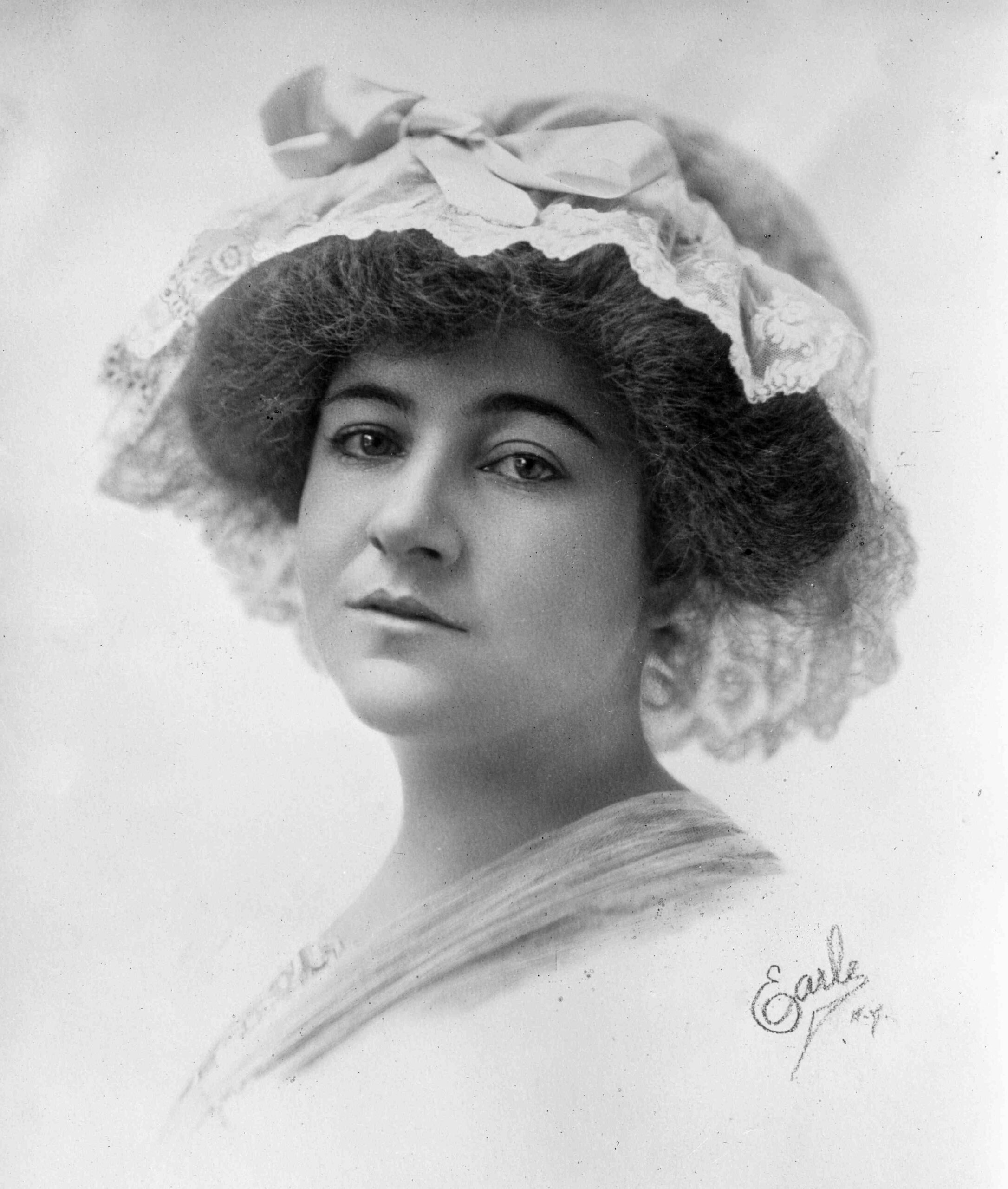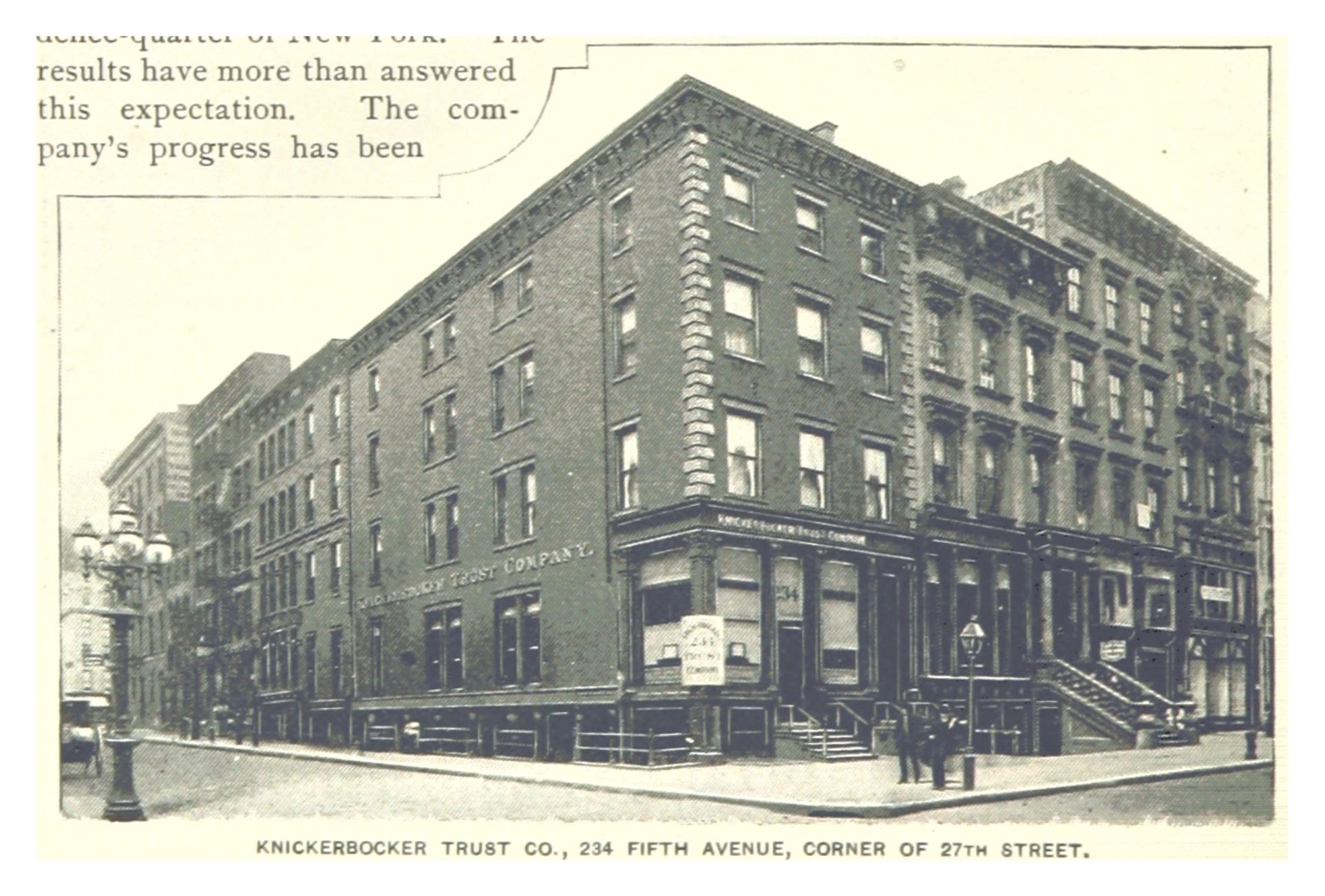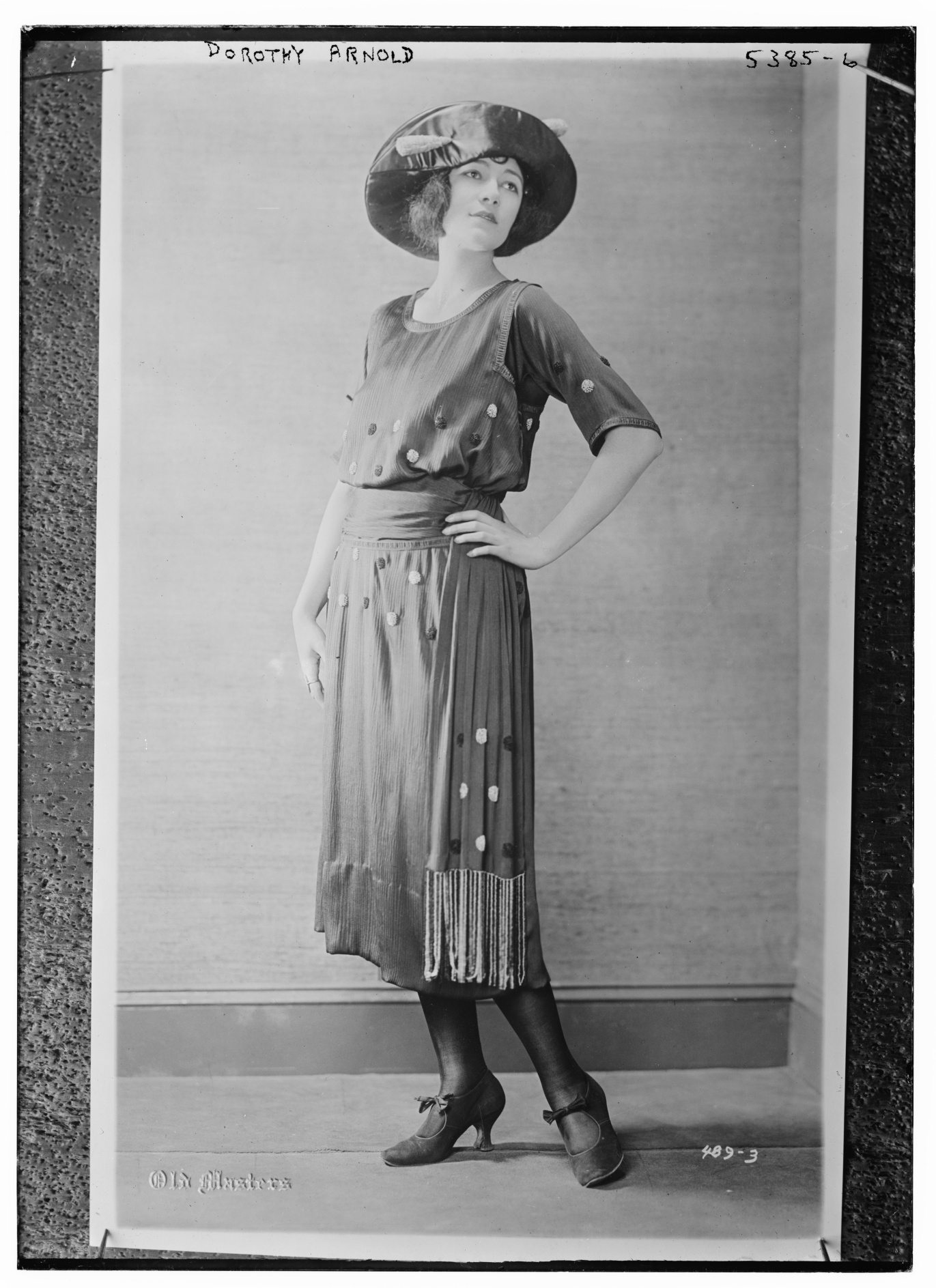In the annals of unsolved mysteries, few cases capture the imagination quite like the disappearance of Dorothy Arnold. Born Dorothy Harriet Camille Arnold, she was an American socialite and heiress who vanished under puzzling circumstances in New York City in December 1910. The daughter of Francis R. Arnold, a prominent perfume importer, Dorothy’s enigmatic disappearance has remained shrouded in mystery for over a century. In this article, we dive deep into the details of Dorothy Arnold’s life, the events leading up to her disappearance, the investigations that followed, and the myriad theories that continue to swirl around this perplexing case.

Early life and background
Dorothy Harriet Camille Arnold was born in Manhattan, New York, in either 1884 or July 1, 1885, to Francis and Harriet Arnold. Raised in an affluent family, Dorothy enjoyed a privileged upbringing. She was a graduate of Bryn Mawr College and possessed a keen intellect and a passion for writing. Her aspirations as a writer were nurtured by her family’s wealth, which afforded her the luxury of pursuing her literary dreams without financial constraints.
The fateful morning
On the morning of December 12, 1910, Dorothy Arnold embarked on a routine shopping trip in Manhattan, never suspecting that it would be the last time she would be seen in public. She set out to purchase a dress for an upcoming party, meeting acquaintances on Fifth Avenue along the way. Witnesses later reported seeing her at Park & Tilford’s store on Fifth and 27th, as well as at Brentano’s Bookstore on 26th Street, where she met a friend. All accounts indicated that Dorothy appeared happy and cheerful, giving no indication of any looming trouble. After her encounter at Brentano’s, she mentioned to her friend that she planned to take a leisurely stroll through Central Park before heading home.

The disappearance of Dorothy Arnold
Tragically, Dorothy Arnold never made it home that day, and she was never seen again. Her concerned family, aware of her absence, chose not to involve the police immediately. Instead, they opted to launch their own investigations, enlisting the help of family friend John S. Keith and the renowned Pinkerton Detective Agency. Their initial focus was on Dorothy’s boyfriend, George Griscom, with whom she was rumored to have eloped on a previous occasion. However, their suspicions were quickly dispelled when they discovered that Griscom was in Naples, Italy, at the time of Dorothy’s disappearance.
Investigations and theories
As the weeks turned into months, and Dorothy Arnold remained missing, the case took a perplexing turn. Numerous theories and rumors began to circulate, adding layers of intrigue to an already baffling mystery. One such theory suggested that Dorothy had perished during a botched abortion and was buried somewhere in Central Park. Another theory proposed that she was being held in a hospital, suffering from amnesia. Yet another rumor speculated that her parents had banished her to Switzerland, and her disappearance was a ruse to conceal this fact. However, none of these theories could be substantiated, leaving investigators and the Arnold family grasping for answers.
In 1916, a sensational rumor emerged, implicating George Griscom in Dorothy’s disappearance. According to this theory, Griscom had allegedly paid a convict from Rhode Island to bury Dorothy’s remains under the cellar of a house in West Point. However, further investigations discredited this rumor, leaving the case no closer to resolution.
The heartbreaking legacy

The disappearance of Dorothy Arnold took an immeasurable toll on her grieving family. Her father, Francis, passed away in 1922, and her mother, Harriet, followed suit in 1928. Both parents died without ever learning the fate of their beloved daughter, firmly believing that she had already perished. The unanswered questions continued to haunt the Arnold family for generations, leaving them forever scarred by the painful void left by Dorothy’s inexplicable disappearance.
The legacy lives on
Although Dorothy Arnold’s case remains unsolved, it continues to captivate the attention of true crime enthusiasts and amateur sleuths alike. Despite never being featured on the popular television show “Unsolved Mysteries,” the enigma of Dorothy Arnold endures, perpetuating a legacy of intrigue and speculation. The details of her disappearance, the investigation that followed, and the myriad theories that have arisen over the years all contribute to its enduring appeal.
Final words
The disappearance of Dorothy Arnold is a haunting enigma that has endured for over a century. The story of this young socialite and heiress, who vanished without a trace on a fateful December day, continues to fascinate and perplex. Despite the tireless efforts of investigators and the passage of time, Dorothy’s fate remains unknown. The case of Dorothy Arnold serves as a chilling reminder that even the most privileged among us can be consumed by the shadows of mystery, leaving behind a legacy of questions and unfulfilled dreams.
After reading about the mysterious disappearance of Dorothy Arnold, read about Paula Jean Welden, an American college student who disappeared in December 1946, while walking on Vermont’s Long Trail hiking route.




